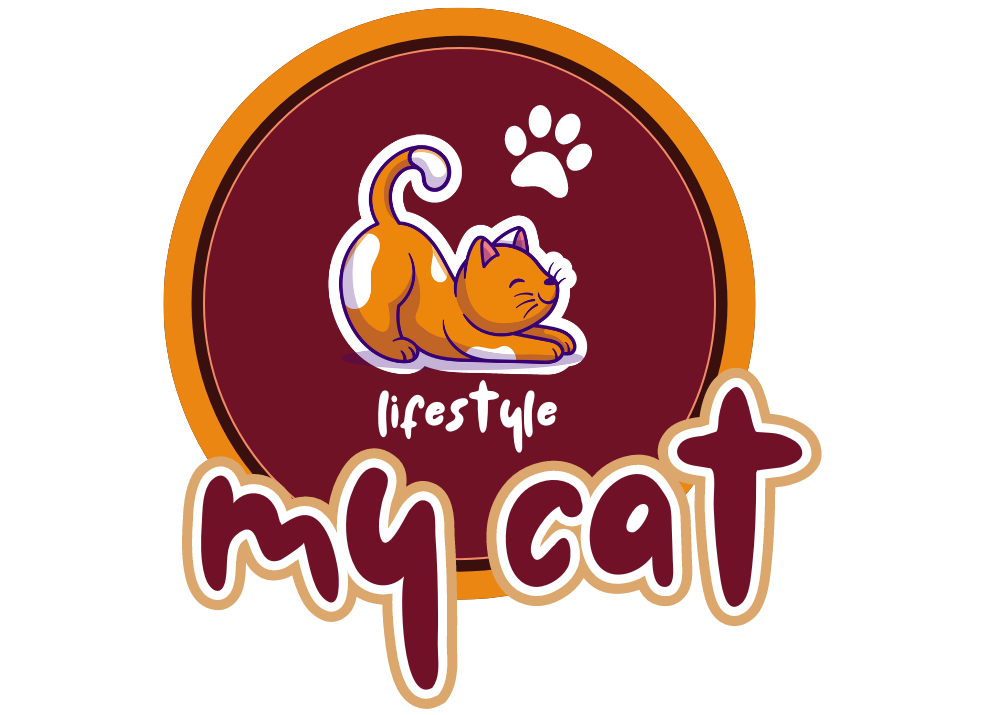More Than Half of Cats on Farm Where Bird Flu Infected Cows Died After Drinking Milk
On Wednesday, May 1, 2024, a report shared some troubling news about a bird flu outbreak affecting mammals in Texas.
This report, which appeared in the Emerging Infectious Diseases journal, talked about a serious issue at a dairy farm where the bird flu was first found in cows this spring. Sadly, more than half of the cats at this farm died because they drank raw milk from these infected cows.
The report goes into detail about how this situation unfolded. It started when the farm’s cows began to show signs of sickness from a type of bird flu known as H5N1. Not long after the cows became ill, the farm’s cats also started to get sick. Unfortunately, many of these cats didn’t survive.
The scientists noted in their findings that the dead cats showed no injuries. They were all part of a group of about 24 cats living on the farm, and they had all drunk milk from the cows that were sick. This situation highlights the risks of bird flu spreading among different animals and the dangers of giving raw milk to pets
Recent tests on samples from the brains and lungs of cats that died at a Texas dairy farm have shown high levels of the bird flu virus, H5N1. These tests also found signs of severe infection in the cats’ eyes and brains. Scientists noted these findings during autopsies, which showed the devastating impact of the virus.
Despite these alarming findings in cats, the U.S. Food and Drug Administration (FDA) assures that the commercial milk supply is safe. They have, however, found the bird flu virus in unpasteurized milk, which raises concerns about the virus spreading between different species.
This is troubling because the FDA’s tests show that about one in five samples of pasteurized milk from stores tested positive for H5N1. Fortunately, pasteurization destroys the virus, leaving only non-dangerous fragments.
The incident has highlighted that cats are particularly susceptible to severe effects from H5N1, an issue previously reported by CBS News. While the situation is new for dairy farms, it’s a well-known risk among cats.
Conversely, only about 15% of cows show symptoms when infected, but the impact on poultry is more severe, with many birds dying or needing to be culled.
This outbreak has prompted the U.S. Centers for Disease Control and Prevention (CDC) to issue new guidelines for veterinarians. They’re advising the use of protective gear like respirators and goggles when treating cats suspected of having H5N1 to prevent the virus from spreading to humans.
Although it’s rare for people to get infected by bird flu through contact with cats, the CDC warns that it’s possible, especially after prolonged and unprotected exposure.
In response to the ongoing crisis, health authorities are taking steps to prevent further spread of the virus among dairy cattle. The U.S. Department of Agriculture (USDA) has begun testing ground beef for H5N1 and is looking into how cooking might neutralize the virus. They’ve also increased testing of dairy cattle being transported across state lines.
As of the end of April, the USDA reported that 34 dairy herds have been affected by H5N1, out of more than 26,000 herds nationwide, highlighting the scope of the problem and the efforts to control it.
